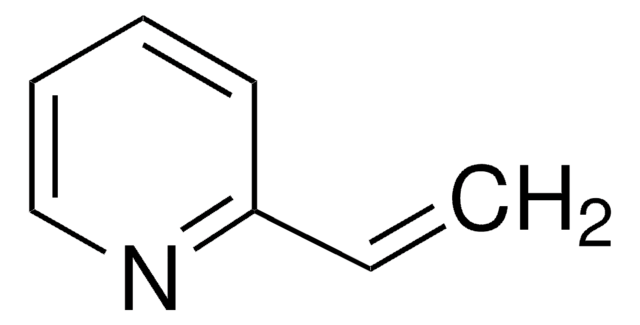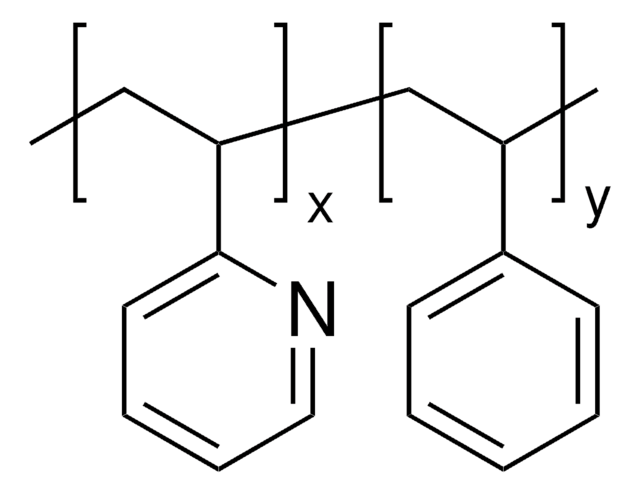472352
Poly(4-vinylpyridine)
average Mw ~160,000
Synonym(s):
4-Vinylpyridine polymer, Poly(p -vinylpyridine)
Sign Into View Organizational & Contract Pricing
All Photos(2)
About This Item
Linear Formula:
(C7H7N)n
CAS Number:
MDL number:
UNSPSC Code:
12162002
PubChem Substance ID:
NACRES:
NA.23
Recommended Products
mol wt
average Mw ~160,000
transition temp
Tg 142 °C (onset, annealed)
solubility
DMF, acetic acid and lower alcohols: soluble
InChI
1S/C7H7N/c1-2-7-3-5-8-6-4-7/h2-6H,1H2
InChI key
KFDVPJUYSDEJTH-UHFFFAOYSA-N
Looking for similar products? Visit Product Comparison Guide
Related Categories
Application
Poly(4-vinylpyridine) can be used:
- To prepare metal-containing polymer, applicable as nonlinear optically active material.
- For the removal of perchlorate from an aqueous solution.
Storage Class Code
11 - Combustible Solids
WGK
WGK 3
Flash Point(F)
Not applicable
Flash Point(C)
Not applicable
Personal Protective Equipment
dust mask type N95 (US), Eyeshields, Gloves
Choose from one of the most recent versions:
Already Own This Product?
Find documentation for the products that you have recently purchased in the Document Library.
Customers Also Viewed
Lin-feng Zhou et al.
Journal of chromatography. A, 1256, 15-21 (2012-08-14)
A simple and facile needle-adapter was designed for constructing manual on-line polymer monolith microextraction-high performance liquid chromatography (PMME-HPLC). A capillary poly(4-vinylpyridine-co-ethylene glycol dimethacrylate) [poly(VP-co-EGDMA)] monolith was prepared by in situ polymerization, using 4-vinylpyridine (VP) and ethylene glycol dimethacrylate (EGDMA) as
Biomimetic surface coatings for atmospheric water capture prepared by dewetting of polymer films.
Stuart C Thickett et al.
Advanced materials (Deerfield Beach, Fla.), 23(32), 3718-3722 (2011-07-19)
Nader Ghaffari Khaligh et al.
Ultrasonics sonochemistry, 20(1), 26-31 (2012-08-28)
Poly(4-vinylpyridinium) perchlorate, is a supported, recyclable, eco-benign catalyst for synthesis of substituted coumarins via Pechmann reaction using ultrasound irradiation at room temperature and neat condition in high yields with short reaction times. The catalyst was studied by FT-IR, X-ray diffraction
Sampa Saha et al.
ACS applied materials & interfaces, 3(8), 3042-3048 (2011-07-07)
Atom transfer radical polymerization (ATRP) is commonly used to grow polymer brushes from Au surfaces, but the resulting film thicknesses are usually significantly less than with ATRP from SiO(2) substrates. On Au, growth of poly(methyl methacrylate) (PMMA) blocks from poly(tert-butyl
Christy D Petruczok et al.
Advanced materials (Deerfield Beach, Fla.), 24(48), 6445-6450 (2012-09-27)
A simple, efficient, and scalable method for patterning microstructures on curved substrates is demonstrated. Initiated chemical vapor deposition is used to synthesize a thin film that crosslinks upon UV exposure. Polymeric features are defined on glass rods with high curvature
Our team of scientists has experience in all areas of research including Life Science, Material Science, Chemical Synthesis, Chromatography, Analytical and many others.
Contact Technical Service
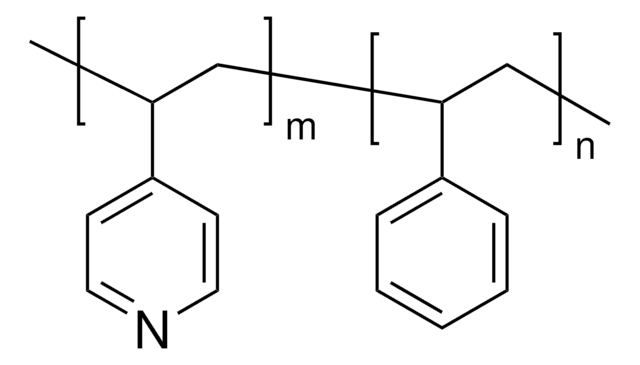
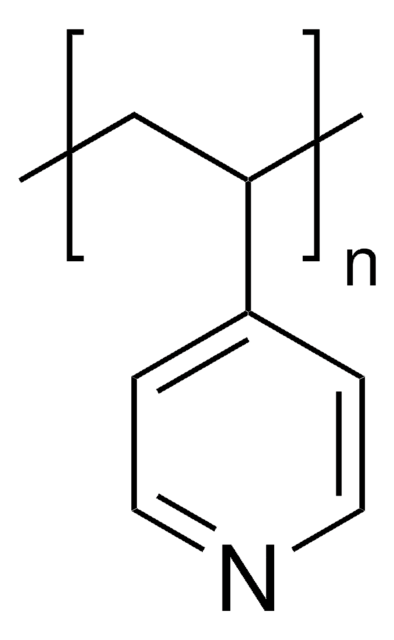
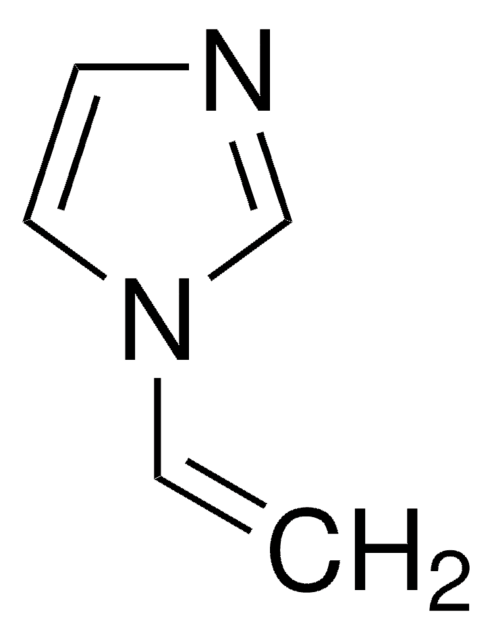
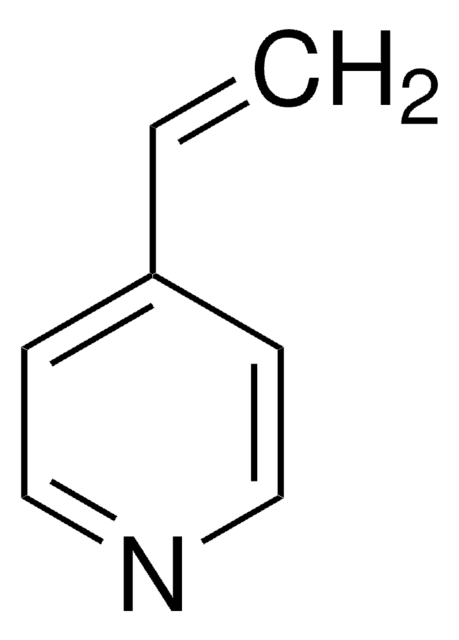

![Zinc bis[bis(trimethylsilyl)amide] 97%](/deepweb/assets/sigmaaldrich/product/structures/294/819/cd22dd81-f7c8-4f0c-944e-1b74c1ad5e6d/640/cd22dd81-f7c8-4f0c-944e-1b74c1ad5e6d.png)
